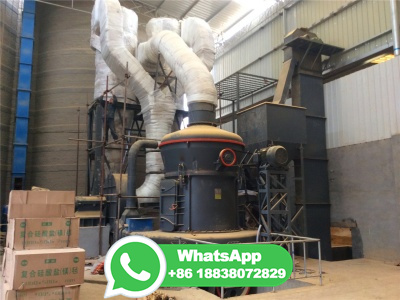PDF CHARACTERIZATION OF COAL COMBUSTION BYPRODUCTS (CCBs) FOR THEIR ...
combustion chamber by exhaust gases. Fly ash is the fine powder formed from the mineral matter in coal, consisting of the noncombustible matter in coal plus a small amount of carbon that remains from incomplete combustion. Fly ash is generally light in color and consists mostly of siltsized and claysized glassy spheres.



























